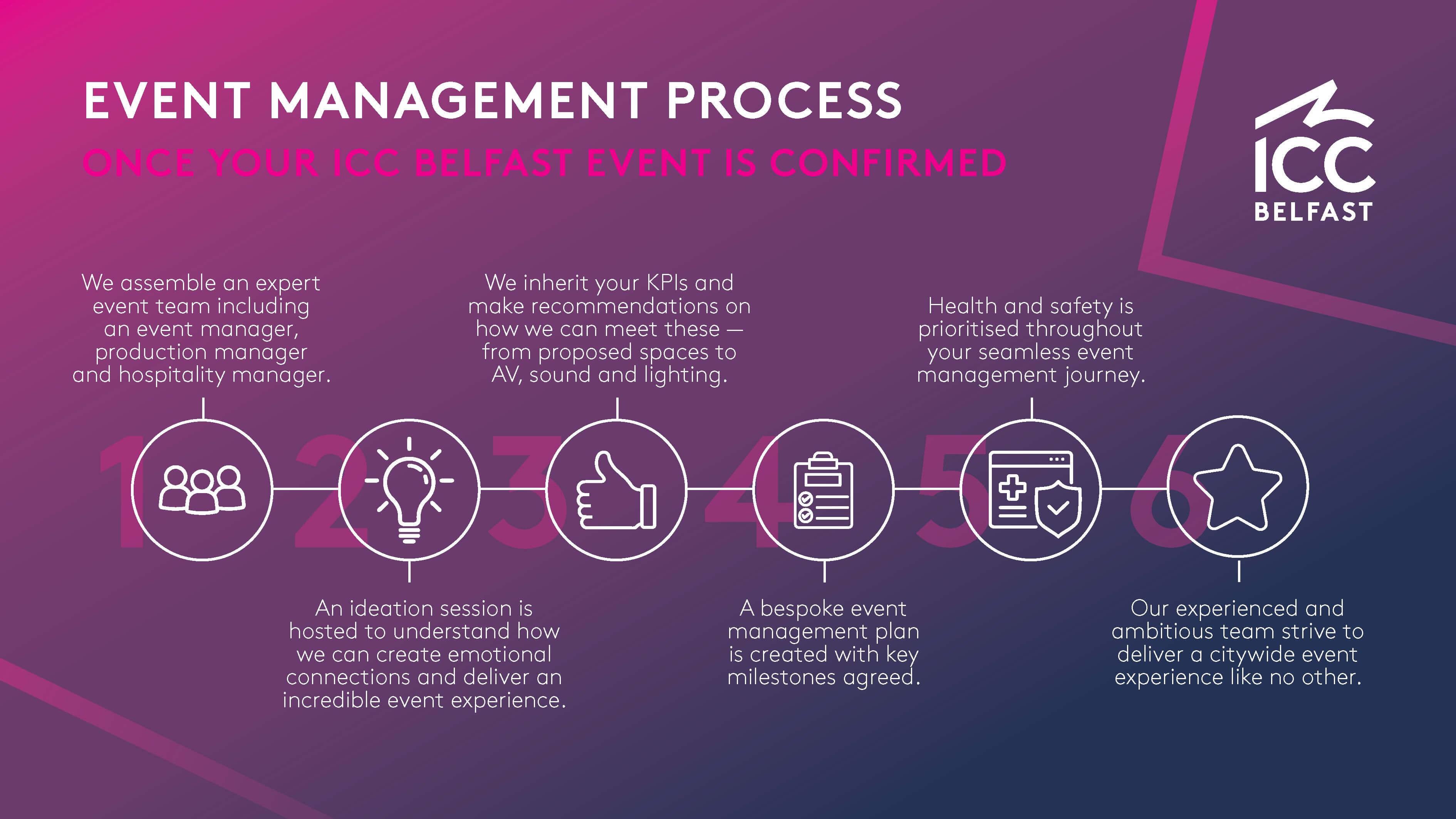Illuminating the Influence of Illumination Techniques on the Art of Film Projection Mapping Techniques
Illuminating the Influence of Illumination Techniques on the Art of Film Projection Mapping Techniques
Blog Article
Motion projection mapping is an exciting art medium that merges technology and innovation to transform ordinary spaces into extraordinary visual displays. This technique involves casting images and footage onto three-dimensional elements, such as structures, sculptures, or stages. One of the key significant factors in producing successful projection in the use of effective lighting methods. Proper lighting improves the aesthetic elements of the projection and ensures that the visuals are crisp and captivating. This piece explores the influence of lighting methods on video projection and how they can enhance the overall encounter.
Lighting plays a vital part in motion projection because it sets the atmosphere and tone of the exhibit. Different lighting techniques can evoke various feelings and responses from the audience. For example, using soft, warm illumination can create a welcoming environment, while bright, cool lights may produce a more dynamic or intense effect. By thoughtfully choosing illumination colors and intensities, creators can manipulate how audience interpret the displayed visuals, leading to a more engaging encounter. The balance between projection brightness and ambient light is crucial, as it can significantly affect the visibility and impact of the visuals.
In addition to, hue and brightness, the angle of light also affects the efficacy of mapping. Illumination from different angles can create shadows and highlights that add dimension to the mapped visuals. This method, known as chiaroscuro, can enhance the three-dimensionality of the objects being mapped. Furthermore, using moving lights can add dynamism to the display, making the experience more involving for the viewers. When the illumination collides with the projected visuals, it can create an illusion of movement and transformation, grabbing the viewers' attention.
Another essential element of illumination in mapping in the use of unique effects. Techniques such as gobo lighting, which uses patterns and shapes to filter light, can add depth and complexity to the projections. visit here This approach allows artists to layer images and create aesthetically captivating results that complement the projection. Moreover, adding laser lights or light-emitting diode illumination can additionally improve the display, offering a unique blend of visual elements that attract the audience in. These unique effects, when used carefully, can elevate the mapping beyond a simple display to an immersive work of creativity.
In summary, the influence of illumination methods on motion projection is profound. By understanding how different lighting components connect with projected images, creators can produce enthralling experiences that resonate with viewers. The careful choosing of hue, brightness, angle, and unique effects allows for a vivid canvas of sight storytelling. As tech advances to evolve, the possibilities for creative expression in projection will only expand, making illumination an increasingly vital Read Full Report aspect in this innovative art form.